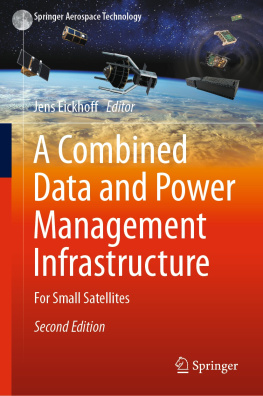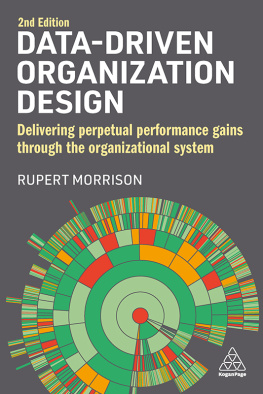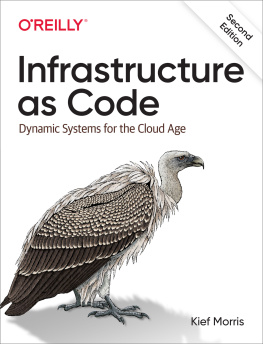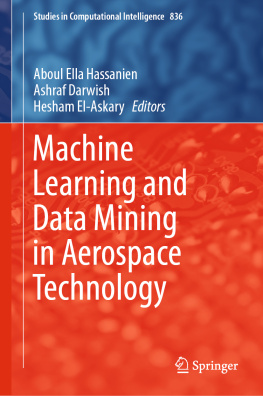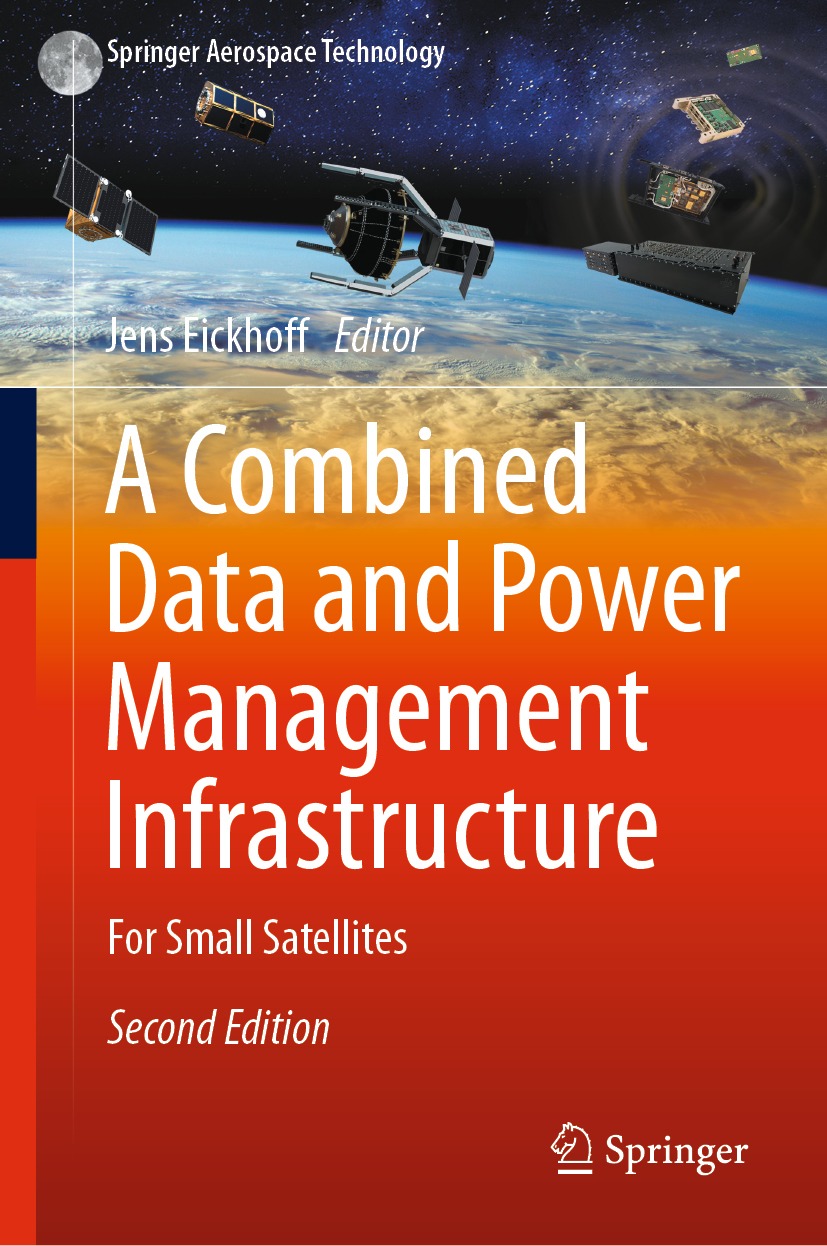Springer Aerospace Technology
Series Editors
Sergio De Rosa
DII, University of Naples Federico II, NAPOLI, Italy
Yao Zheng
School of Aeronautics and Astronautics, Zhejiang University, Hangzhou, Zhejiang, China
Elena Popova
AirNavigation Bridge Russia, Chelyabinsk, Russia
The series explores the technology and the science related to the aircraft and spacecraft including concept, design, assembly, control and maintenance. The topics cover aircraft, missiles, space vehicles, aircraft engines and propulsion units. The volumes of the series present the fundamentals, the applications and the advances in all the fields related to aerospace engineering, including:
structural analysis,
aerodynamics,
aeroelasticity,
aeroacoustics,
flight mechanics and dynamics,
orbital maneuvers,
avionics,
systems design,
materials technology,
launch technology,
payload and satellite technology,
space industry, medicine and biology.
The series scope includes monographs, professional books, advanced textbooks, as well as selected contributions from specialized conferences and workshops.
The volumes of the series are single-blind peer-reviewed.
To submit a proposal or request further information, please contact:
Mr. Pierpaolo Riva at pierpaolo.riva@springer.com (Europe and Americas) Mr. Mengchu Huang at mengchu.huang@springer.com (China)
The series is indexed in Scopus and Compendex
More information about this series at https://link.springer.com/bookseries/8613
A Combined Data and Power Management Infrastructure
For Small Satellites
2nd ed. 2021

Logo of the publisher
Editor
Jens Eickhoff
Institute of Space Systems, Stuttgart University, Stuttgart, Germany
Airbus Defence and Space GmbH, Friedrichshafen, Germany
ISSN 1869-1730 e-ISSN 1869-1749
Springer Aerospace Technology
ISBN 978-3-662-64052-4 e-ISBN 978-3-662-64053-1
https://doi.org/10.1007/978-3-662-64053-1
Springer-Verlag GmbH Germany, part of Springer Nature 2021
This work is subject to copyright. All rights are reserved by the Publisher, whether the whole or part of the material is concerned, specifically the rights of translation, reprinting, reuse of illustrations, recitation, broadcasting, reproduction on microfilms or in any other physical way, and transmission or information storage and retrieval, electronic adaptation, computer software, or by similar or dissimilar methodology now known or hereafter developed.
The use of general descriptive names, registered names, trademarks, service marks, etc. in this publication does not imply, even in the absence of a specific statement, that such names are exempt from the relevant protective laws and regulations and therefore free for general use.
The publisher, the authors and the editors are safe to assume that the advice and information in this book are believed to be true and accurate at the date of publication. Neither the publisher nor the authors or the editors give a warranty, expressed or implied, with respect to the material contained herein or for any errors or omissions that may have been made. The publisher remains neutral with regard to jurisdictional claims in published maps and institutional affiliations.
Cover picture by Marjetka Kastner
This Springer imprint is published by the registered company Springer-Verlag GmbH, DE part of Springer Nature.
The registered company address is: Heidelberger Platz 3, 14197 Berlin, Germany
Foreword by Robin Biesbroek
The continuous demand for cheaper satellites, developed within shorter timeframes than ever before, requires spacecraft engineers to come up with innovative solutions. The integration of test models and satellite functions embedded in an integrated hardware are examples of such innovations. A functional merge of the satellites onboard computer and power control and distribution unit is a logical step toward smaller solutions that still comply with stringent performance requirements, and became the baseline to the University of Stuttgarts Flying Laptop mission.
ESAs ClearSpace-1 project is the first mission of the Active Debris Removal and In-Orbit Servicing (ADRIOS) program. Under development by the Swiss prime contractor ClearSpace SA, it is in similar need for lower cost innovative solutions, and the Combined Data and Power Management Infrastructure is therefore an obvious choice to fulfil not only the stringent cost and size requirements of this mission but also the complex performance requirements when operating in close proximity of a non-functional target to be captured and cleaned up. Moreover, the development time is short, with the mission requirement to clean up the target by the end of 2025. Apart from removing a space debris object from space, several technology demonstrations are to be performed and are paving the way for future debris removal and commercial in-orbit servicing missions.
There are many Firsts in this mission. In particular, the capture of a non-cooperating non-functional object has never been done. Yet, this satellite is to remain compact enough to be able to share a launch with other payloads, keeping the cost to a minimum. As such, I am pleased to introduce the reader to this fascinating mission as part of the examples in this book.
Robin Biesbroek
Foreword by Ana Ambrosio
As a system analyst and researcher at INPE, having taught postgraduate courses in Brazil, like the editor, I have always been an enthusiast of the best compatibility between Industry and academia.
This book presents an infrastructure combining data and power based on a modular architecture for OBC. Opening up opportunities for new applications not only to date but also for future satellite generations of space missions, it takes advantage of the progress toward Space 4.0.
Traditionally, onboard computers deal with scarce resources (memory, processor speed, and channels) limiting the huge possibilities of software. The elegant OBC architecture presented here comprises a set of boards with specific functions: (i) processing (CPU-Board), (ii) communications (SpaceWire router, I/O and CCSDS low-level protocol), (iii) mass memory units, and (iv) power control and distributionshedding light to more elaborated applications for spacecraft.
The modularization delivers scalability that fits major or minor applications. The communication boards, using fast and high-performance FPGAs, using the 4Links Ltd. Solution (Loki family), improve greatly the computational capabilities, indicating a step forward for the use of AI applications in space. These boards could be extremely well suited for enabling feasible functions such as
onboard image processing;
ground scenery interpretation on board;
adding intelligence to AOCS to compensate for uncertainty of some parameters, e.g., when the satellite undergoes inertia change during debris capturing;

